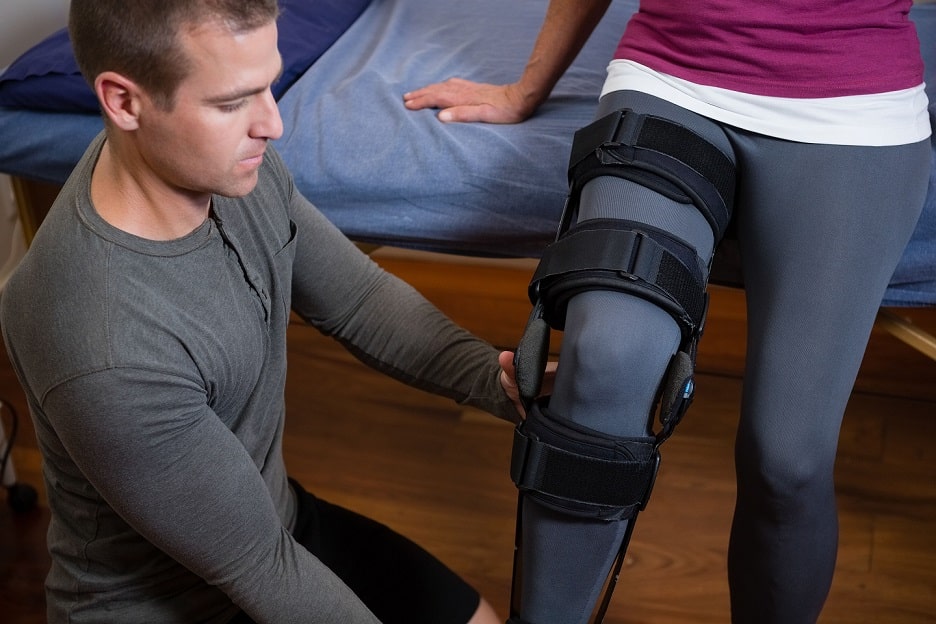 Making sure your vehicle is well lit is extremely important to make other road uses and pedestrians aware of your presence. It is especially important now the nights are beginning to draw in. The failure to light your vehicle can cause road traffic accidents which you may be held liable for.
Making sure your vehicle is well lit is extremely important to make other road uses and pedestrians aware of your presence. It is especially important now the nights are beginning to draw in. The failure to light your vehicle can cause road traffic accidents which you may be held liable for.
To ensure your vehicle is lit properly you should regularly check that all of your lights are working properly. It is best to do this in a dark area such as in a garage, if on your own, or ask someone else to check for you. If one of the bulbs on your vehicle is broken you should get this fixed as soon as possible. If the police see unlit vehicles or vehicles with lights out on the roads they are likely to pull them over.
When looking to fix a bulb in your vehicle, there are shops that will change the lights for you. If you are unsure what bulb you need simply ask an assistant in store to help you.
The obligation of drivers being responsible for lighting their vehicles is outlined and regulated by the Road Vehicle Lighting Regulations 1989. The regulations state that driving an unlit vehicle in the dark show negligence of the driver. The Highway Code provides guidance on lighting vehicles:
Rule 113, You MUST:
- ‘Ensure all sidelights and rear registration plate lights are lit between sunset and sunrise
- Use full headlights at night, except on a road which has lit street lighting and dipped lights can be used. These roads are generally restricted to a speed limit of 30 mph unless other specified
- Use headlights when visibility is seriously reduced.’
With winter approaching it may be that you also need to use your vehicle lights during the day when visibility is restricted. If you do become involved in an accident with another vehicle where the owner has failed to stick to the lighting regulations, you may be able to make a compensation claim if you have suffered an injury as a result.

 Making sure your vehicle is well lit is extremely important to make other road uses and pedestrians aware of your presence. It is especially important now the nights are beginning to draw in. The failure to light your vehicle can cause
Making sure your vehicle is well lit is extremely important to make other road uses and pedestrians aware of your presence. It is especially important now the nights are beginning to draw in. The failure to light your vehicle can cause 









